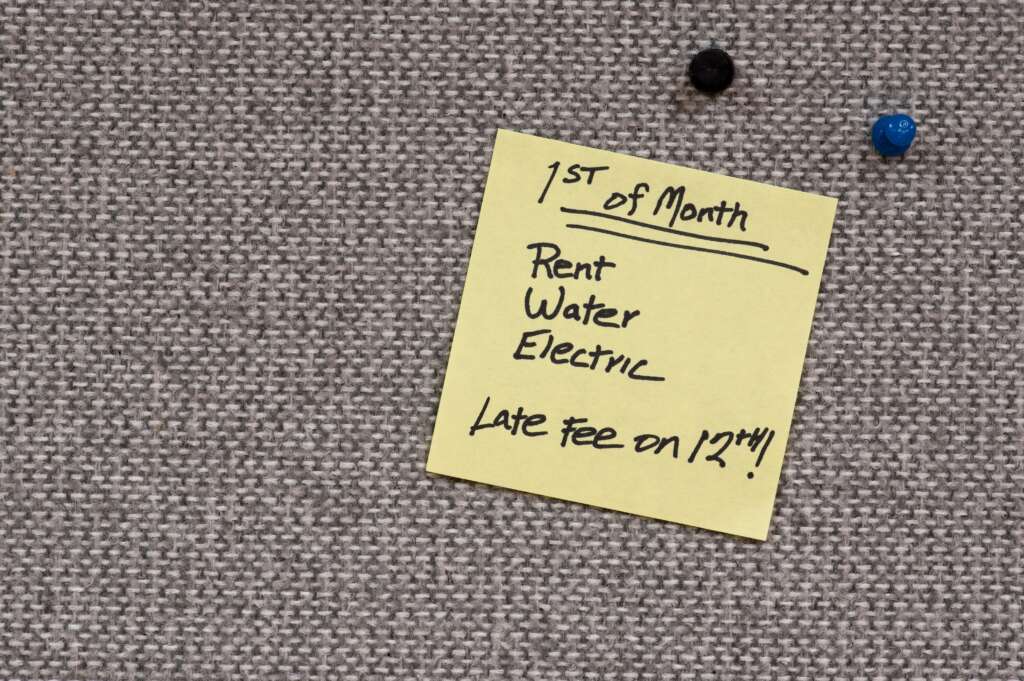How to Reduce Utility Bills with Energy-Efficient Practices
Share This Article
Rising energy costs don’t have to break your budget. Here’s the affordable way to slash your monthly utility bills: start with free changes that cost nothing but deliver immediate savings, then tackle low-cost upgrades that pay for themselves within months. Most households can reduce energy costs by 20-30% using simple strategies that require no special skills or major investments.
Zero-Cost Changes That Cut Bills Immediately
Heating and Cooling Adjustments
Set your thermostat to 68°F in winter and 78°F in summer when home, and adjust by 7-10 degrees when away. This simple change reduces heating and cooling costs by 10-15% annually. Use ceiling fans to circulate air, allowing you to feel comfortable at higher temperatures in summer and lower temperatures in winter.
Close vents and doors in unused rooms to avoid heating or cooling empty spaces. This redirects conditioned air to areas you actually use, improving efficiency without spending anything.
Water Heating Efficiency
Lower your water heater temperature to 120°F. Most units ship set at 140°F, but 120°F provides plenty of hot water while reducing energy consumption by 6-10%. Take shorter showers and wash clothes in cold water when possible, which can save $200-400 annually for typical families.
Smart Usage Habits
Unplug electronics when not in use. Phantom loads from televisions, computers, and chargers can add 5-10% to your electric bill. Use power strips to make this easier – flip one switch to cut power to multiple devices.
Run dishwashers and washing machines only with full loads, and air-dry dishes instead of using heated dry cycles.
Low-Cost Upgrades with Quick Payback
LED Light Conversion
Replace incandescent bulbs with LED alternatives that use 75% less energy and last 25 times longer. A typical household can save $75-100 annually by switching to LEDs. Basic LED bulbs cost $2-5 each and pay for themselves within 6-12 months through energy savings.
Weatherization Improvements
Seal air leaks around windows, doors, and electrical outlets using caulk and weatherstripping. These materials cost $20-50 but can reduce heating and cooling costs by 10-20%. Focus on areas where you feel drafts or see daylight around openings.
Add foam gaskets behind outlet covers on exterior walls. These $1 items prevent conditioned air from escaping through electrical boxes.
Water-Saving Devices
Install low-flow showerheads ($15-30) and faucet aerators ($3-8 each) to reduce hot water usage without sacrificing performance. These simple swaps can cut water heating costs by 25-50%.
Appliance Efficiency Strategies
Optimize Existing Equipment
Clean or replace HVAC filters monthly during peak usage seasons. Dirty filters force systems to work harder, increasing energy consumption by 5-15%. Basic filters cost $5-15 and take minutes to install.
Clean dryer lint screens after every load and vacuum the exhaust duct annually. Blocked airflow makes dryers work harder and longer, wasting energy and creating fire hazards.
Smart Appliance Usage
Use microwaves, toaster ovens, and slow cookers instead of full-sized ovens when possible. These appliances use 50-80% less energy for small cooking tasks.
Run refrigerators at 37-40°F and freezers at 0-5°F. Every degree colder increases energy usage by 5%. Keep units full but not overcrowded for optimal efficiency.
Strategic Temperature Management

Programmable Thermostat Installation
A programmable thermostat costs $50-150 and can reduce heating and cooling costs by 10-15%. Set automatic temperature adjustments for times when nobody’s home or during sleeping hours.
Many utility companies offer rebates for smart thermostats, reducing the net cost to $25-75.
Window Treatments
Use thermal curtains or cellular shades to reduce heat transfer through windows. Close them during hot summer days and cold winter nights to maintain indoor temperatures more efficiently.
In winter, open south-facing curtains during sunny days to capture free solar heating, then close them at night to retain warmth.
Water Heating Efficiency
Tank Insulation
Wrap older water heater tanks with insulation blankets ($20-30) to reduce standby heat loss. This simple upgrade can save $20-45 annually on water heating costs.
Insulate hot water pipes, especially the first 6 feet from the water heater, using foam pipe sleeves that cost $10-20 total.
Strategic Usage Timing
Take advantage of time-of-use utility rates by running hot water-intensive activities like dishwashing and laundry during off-peak hours when electricity costs less.
Consider installing a timer on electric water heaters to heat water only when needed, rather than maintaining temperature 24/7.
Seasonal Optimization
Summer Cooling Strategies
Use exhaust fans in bathrooms and kitchens to remove heat and humidity quickly. Cook during cooler morning or evening hours to avoid adding heat during peak afternoon temperatures.
Plant shade trees on the south and west sides of your home for long-term cooling benefits. While this takes years to pay off, it’s one of the most cost-effective long-term energy strategies.
Winter Heating Efficiency
Open curtains and blinds during sunny winter days to capture solar heat, then close them at night to retain warmth. Use area rugs on hard floors to improve insulation and comfort.
Set ceiling fans to rotate clockwise at low speed to push warm air down from the ceiling.
Track Your Progress
Monitor your utility bills monthly to see which changes deliver the biggest savings. Many utility companies provide online tools showing daily or hourly usage patterns, helping you identify the most effective improvements.
Consider a home energy audit through your utility company. Many offer these services free or at reduced cost, providing personalized recommendations based on your specific home and usage patterns.
Calculating Your Savings
A typical household spending $200 monthly on utilities can realistically reduce bills to $140-160 through these strategies. The upfront investment in weatherization materials, LED bulbs, and efficient devices typically totals $100-300 but pays for itself within 6-18 months.
Energy efficiency improvements also increase home value and comfort while reducing environmental impact. Start with the easiest, cheapest changes first, then tackle bigger projects as budget allows. Every small improvement adds up to significant long-term savings.


